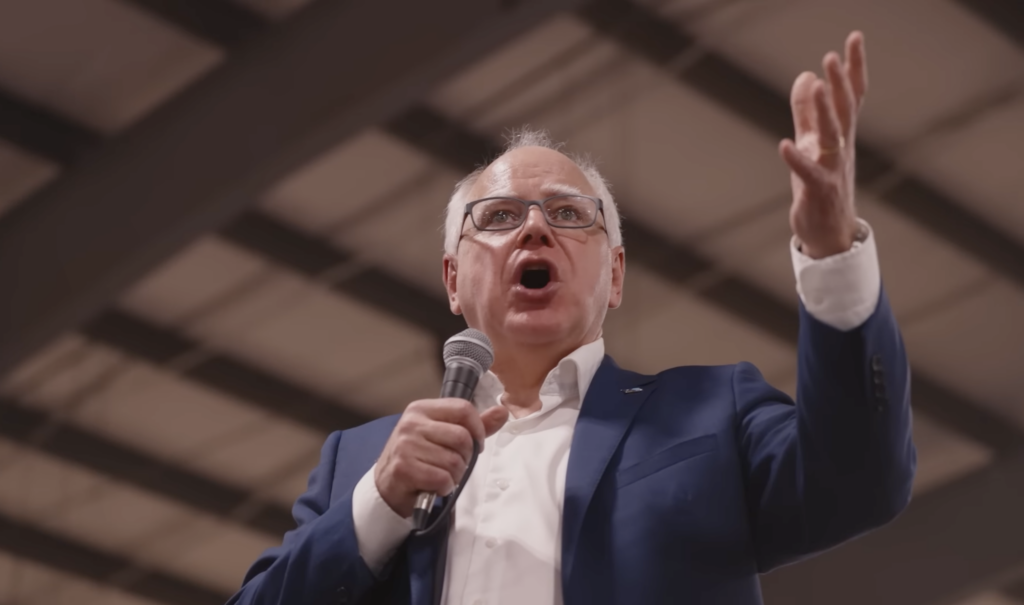Perfect storm in Minnesota labor market is worrying harbinger for the Fed
Minnesota Labor Market Struggles to Meet Demand
By Howard Schneider
FARIBAULT, Minnesota (Reuters) – Demand for Daikin Applied Americas Inc’s climate control equipment is soaring, and worker recruitment is in hyperdrive, with hiring trips to women’s shelters and immigrant support groups and an open door for applicants with no high school degree or manufacturing experience.
For Minnesota’s healthcare industry, an estimated 5,000 open nursing positions have sparked the invention of a new specialty, the nurse retentionist who is focused on convincing colleagues to stay on the job. It has also prompted talk of capping workloads and led to up to an 18% pay increase over three years for unionized nurses.
Government officials, worried about a constrained labor force in a state where population growth has stalled, have taken a cover-the-waterfront approach. That includes proposals for training in high-growth occupations and subsidies for accommodations at small businesses looking to hire workers with disabilities, efforts to pull members of minority groups off the employment sidelines, a push to reintegrate ex-offenders into the workforce, and grants to study how to speed occupational licensing for immigrants trained abroad.
“It’s a pretty basic supply and demand curve,” Jeff Drees, chief executive of the U.S. unit of Japan’s Daikin Industries Ltd, said in an interview from the company’s Faribault plant about 50 miles (80.5 km) south of Minneapolis. “We will hire as many as we can take right now … because every employee we bring on will just help us reduce our lead time.”
After raising starting wages from $17 an hour to around $24 and overhauling hiring strategies, Drees still has 200 open jobs at this and two nearby facilities, where he is hoping to add to current staffing of 1,200. Daikin’s order book is bulging, he said, amid demand driven by buildings being upgraded with better air conditioning systems in the wake of the COVID pandemic, a rush of new data centers and electric vehicle plants, and federal dollars flowing under recent infrastructure and environmental legislation.
To Federal Reserve officials wondering when wage growth might slow as they try to cool the economy and inflation, his prognosis is not soon. “I don’t think it’s leveling off.”
Labor Shortages Across the U.S.
Labor shortages have plagued the U.S. since the first months of the pandemic. Initially, reopened businesses found workers reluctant to return to jobs because of health concerns and an ability to wait it out because of pandemic relief payments, enhanced unemployment insurance and other programs.
As health fears eased and support programs lapsed, a realization set in that the pandemic had realigned American work, from the occupations in demand to the willingness of people to do them.
That reshuffling may be one reason the Fed is finding it harder than expected to slow a job market struggling to match workers into open positions. It also may mute any job losses from U.S. central bank efforts to curb overall demand and tame inflation.
- Recent Bureau of Labor Statistics data suggest that while some key occupational gaps were driven by the pandemic, others were well-established when the health crisis struck in 2020, and continue to fuel the high demand for workers the Fed wants to ease.
- Some of those gaps may eventually respond to Fed efforts to slow the economy. Food preparation and service jobs, for example, fell by about 1 million from 2019 to 2022, the BLS data shows. But the industry’s high rate of job openings – more than 8% of potential positions were open as of February – shows firms are still trying to attract employees. If a Fed-induced slowdown causes households to cut down on restaurant meals, hiring pressure should ease.
- The dislocation, though, is nearly as bad for services like healthcare, where spending is less by choice and demand, and thus less influenced by economic conditions. Healthcare employment surged by 3 million from 2016 to 2019, before the pandemic, and by another 463,000 from 2019 to 2022. Yet the industry’s job openings rate remains above 7%.
Geographic Imbalances
Along with sectoral gaps, geographic ones exist as well. The experience of Minnesota, where a strong industrial and corporate base has collided with flat
" Conservative News Daily does not always share or support the views and opinions expressed here; they are just those of the writer."





Now loading...